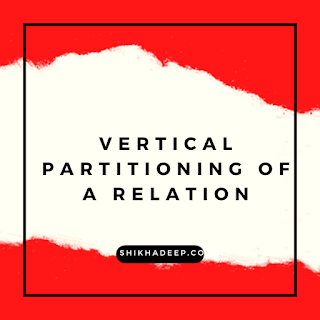What are the main characteristics of NOSQL systems in the areas related to data models and query languages?
.gif)
CHARACTERISTICS RELATED TO DATA MODELS AND QUERY LANGUAGES. 1. Not Requiring a Schema: Allowing semi-structured and self-describing data. The users can specify a partial schema in some systems to improve storage efficiency, but it is not required to have a schema in most of the NoSQL systems. Constraints on the data would have to be programmed in the application programs that access the data items. Languages for describing semi-structured data: JSON (JavaScript Object Notation) and XML (Extensible Markup Language) 2. Less Powerful Query Languages: Many applications that use NoSQL systems may not require a powerful query language such as SQL, because search (read) queries in these systems often locate single objects in a single file based on their object keys. Reading and writing the data objects is accomplished by calling the appropriate operations by the programmer (API). SCRUD: Search, Create, Read, Update and Delete Provide a high...








.jpg)
.jpg)
.jpg)
.jpg)
.jpg)



